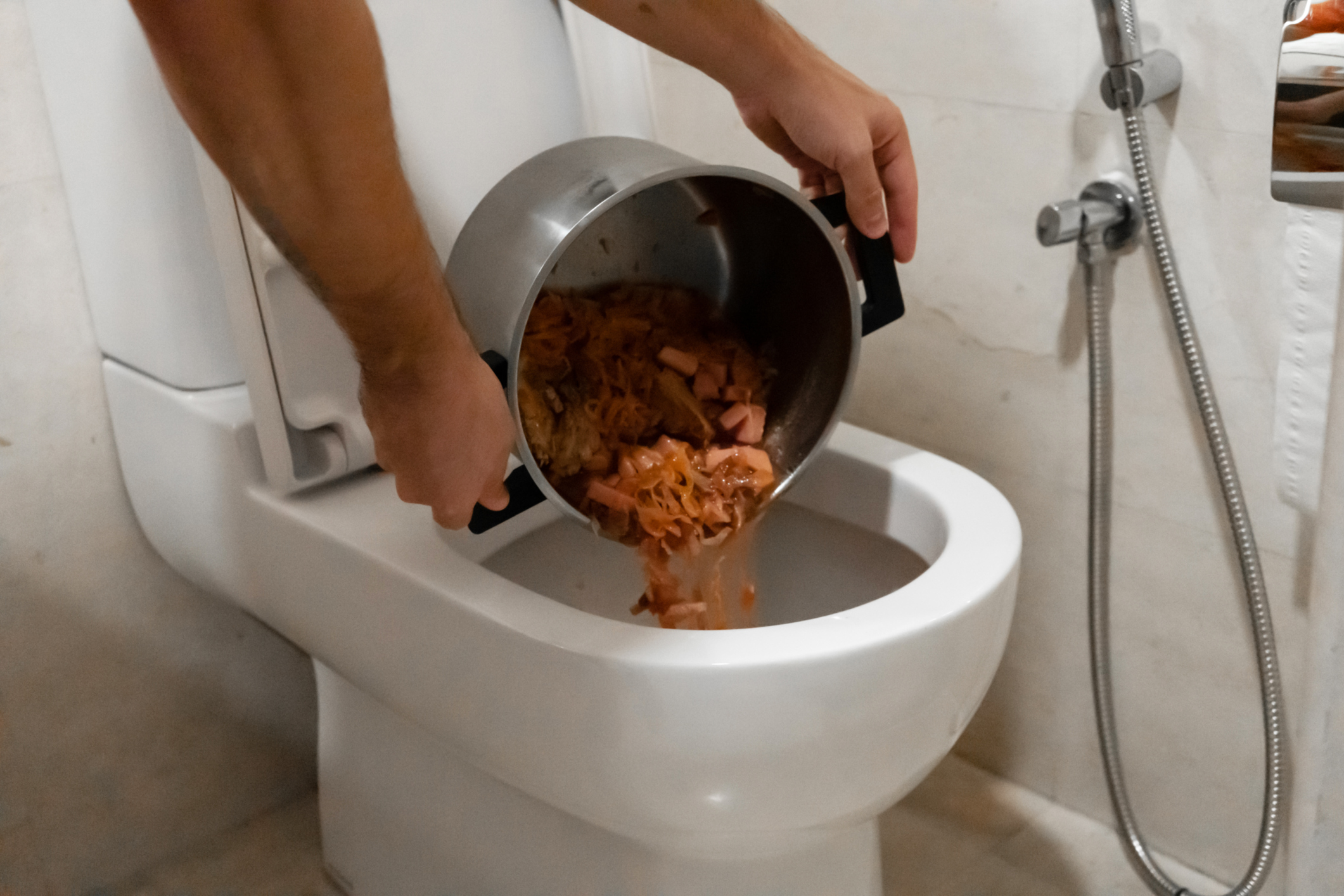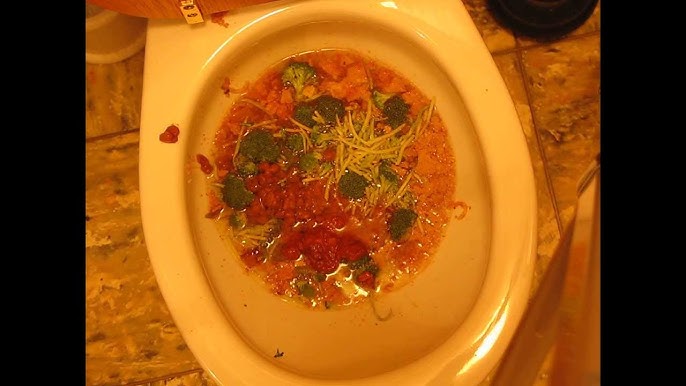Is it Safe to Dispose of Food in the Toilet?
Is it Safe to Dispose of Food in the Toilet?
Blog Article
The content listed below on the subject of Is it safe to flush food (especially rice) down the toilet? is immensely fascinating. Read it for yourself and figure out what you think of it.

Introduction
Many people are often faced with the issue of what to do with food waste, particularly when it involves leftovers or scraps. One typical concern that occurs is whether it's okay to flush food down the commode. In this article, we'll explore the reasons why people could think about purging food, the effects of doing so, and different techniques for proper disposal.
Reasons why individuals could think about purging food
Lack of recognition
Some individuals might not be aware of the prospective damage triggered by purging food down the commode. They might incorrectly think that it's a safe technique.
Convenience
Flushing food down the bathroom may feel like a quick and very easy solution to disposing of undesirable scraps, particularly when there's no neighboring trash bin offered.
Negligence
In many cases, people may merely select to flush food out of large laziness, without thinking about the repercussions of their activities.
Repercussions of flushing food down the commode
Environmental impact
Food waste that ends up in waterways can add to contamination and harm water ecosystems. Additionally, the water used to purge food can strain water resources.
Pipes issues
Flushing food can result in clogged up pipelines and drains pipes, triggering costly plumbing repairs and hassles.
Sorts of food that must not be purged
Fibrous foods
Foods with fibrous structures such as celery or corn husks can get tangled in pipelines and cause blockages.
Starchy foods
Starchy foods like pasta and rice can soak up water and swell, resulting in obstructions in pipes.
Oils and fats
Greasy foods like bacon or cooking oils should never be purged down the commode as they can strengthen and create clogs.
Proper disposal techniques for food waste
Utilizing a garbage disposal
For homes equipped with waste disposal unit, food scraps can be ground up and flushed with the pipes system. Nonetheless, not all foods appropriate for disposal in this manner.
Recycling
Specific food packaging materials can be recycled, decreasing waste and lessening ecological effect.
Composting
Composting is an eco-friendly method to deal with food waste. Organic materials can be composted and made use of to improve soil for horticulture.
The value of appropriate waste administration
Decreasing ecological damage
Correct waste administration practices, such as composting and recycling, assistance reduce air pollution and preserve natural deposits for future generations.
Securing pipes systems
By staying clear of the method of flushing food down the bathroom, homeowners can stop pricey pipes repairs and maintain the integrity of their plumbing systems.
Conclusion
In conclusion, while it may be tempting to purge food down the bathroom for comfort, it's important to understand the prospective consequences of this activity. By adopting proper waste monitoring techniques and getting rid of food waste responsibly, people can contribute to much healthier plumbing systems and a cleaner atmosphere for all.
FLUSH FOOD DOWN THE TOILET?
FLUSHING FOOD CAN CAUSE BLOCKED DRAINS IN YOUR HOME
All of the plumbing fixtures in your home are connected to the same sewer pipe outside of your home. This outdoor sewer pipe is responsible for transporting all the wastewater from your home to the Council sewer mains. Even small pieces of food that go down the kitchen sink can cause problems for your sewer. It should therefore be obvious that flushing larger bits of food, such as meat, risks a clog in either the toilet itself or the sewer pipes. Flushing greasy food is even more problematic because oil coagulates when it cools, coating the interior lining of your pipes.
THE TOILET IS NOT A BIN
Food isn’t the only thing that people shouldn’t be flushing down the toilet. People use the toilet to dispose of all kinds of things such as tampons, makeup wipes, dental floss, kitty litter and even underwear. Water goes to great lengths to educate residents about the high costs and stress placed on wastewater treatment systems simply from people flushing the wrong stuff down the toilet. It costs taxpayers millions of dollars each year, and homeowners thousands in blocked drain repairs.
FLUSHING FOOD IS A WASTE OF WATER
Flushing food is a waste of our most precious resource - water. In June this year Level 1 water restrictions were introduced to protect water supply from drought conditions. Much of New South Wales continues to be affected by prolonged drought with recent figures revealing up to 97 per cent of the state remains in drought. Depending on whether you have a single or dual flush toilet, every single flush uses between five and 11 litres of water. In the current climate this is a huge amount of water to be wasting on flushing food that should be placed in the bin (or better yet, the compost).
https://www.jabplumbingsolutions.com.au/blog/can-you-flush-food-down-the-toilet

Hopefully you enjoyed our article about What Can Happen If You Flush Food Down the Toilet?. Thanks for finding the time to browse our blog post. If you appreciated our article if you please don't forget to pass it around. Many thanks for going through it.
Schedule Report this page